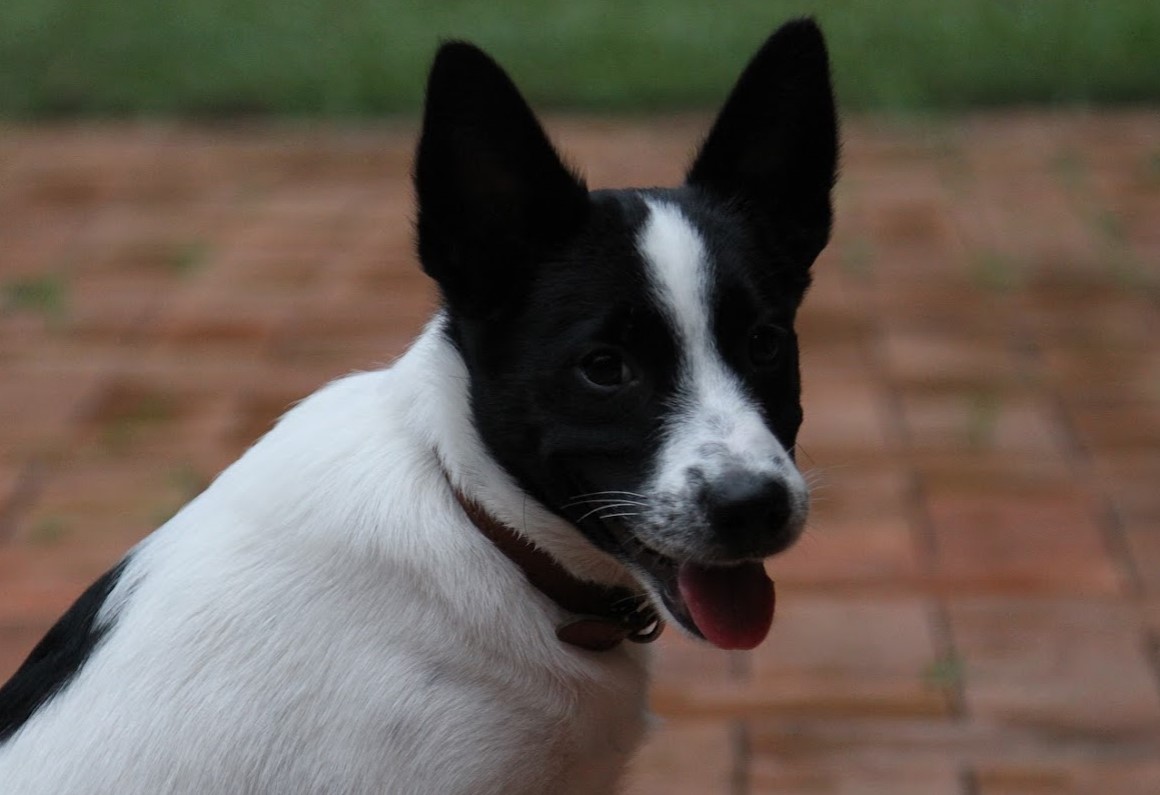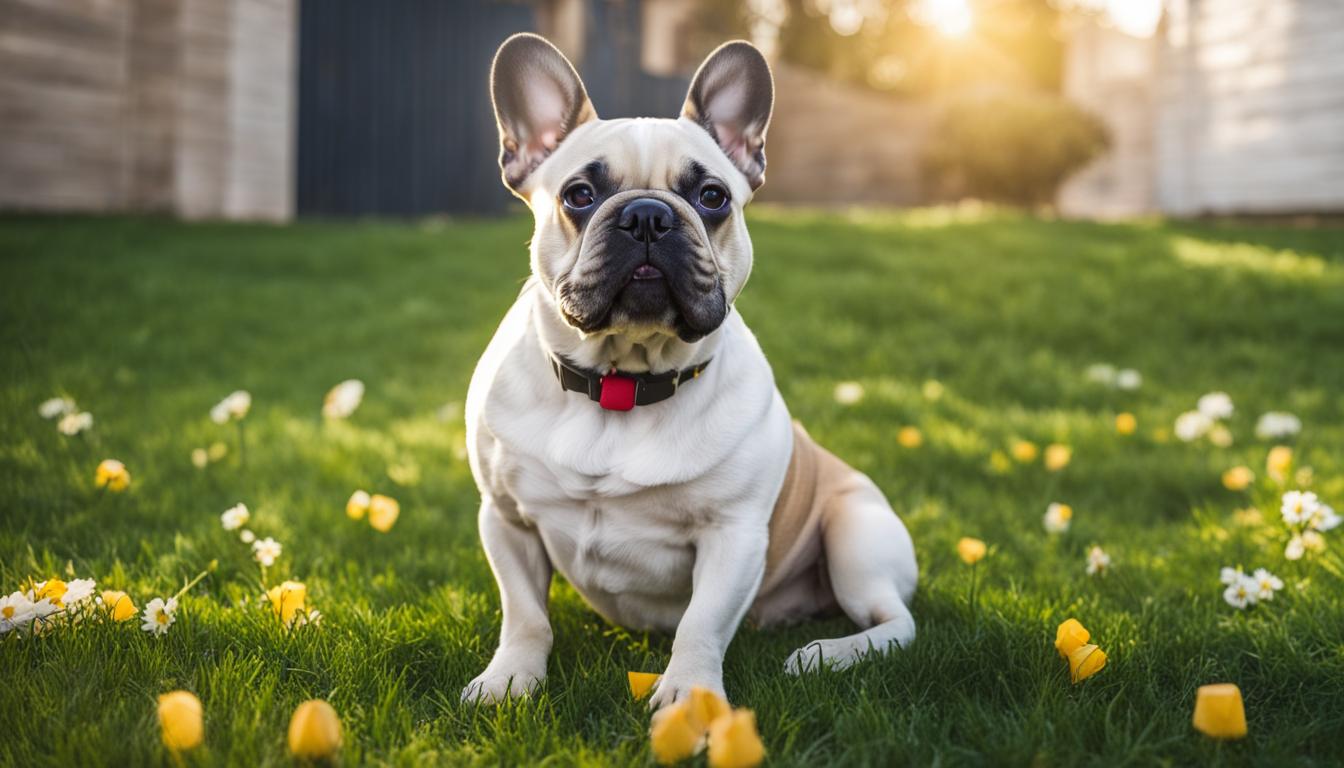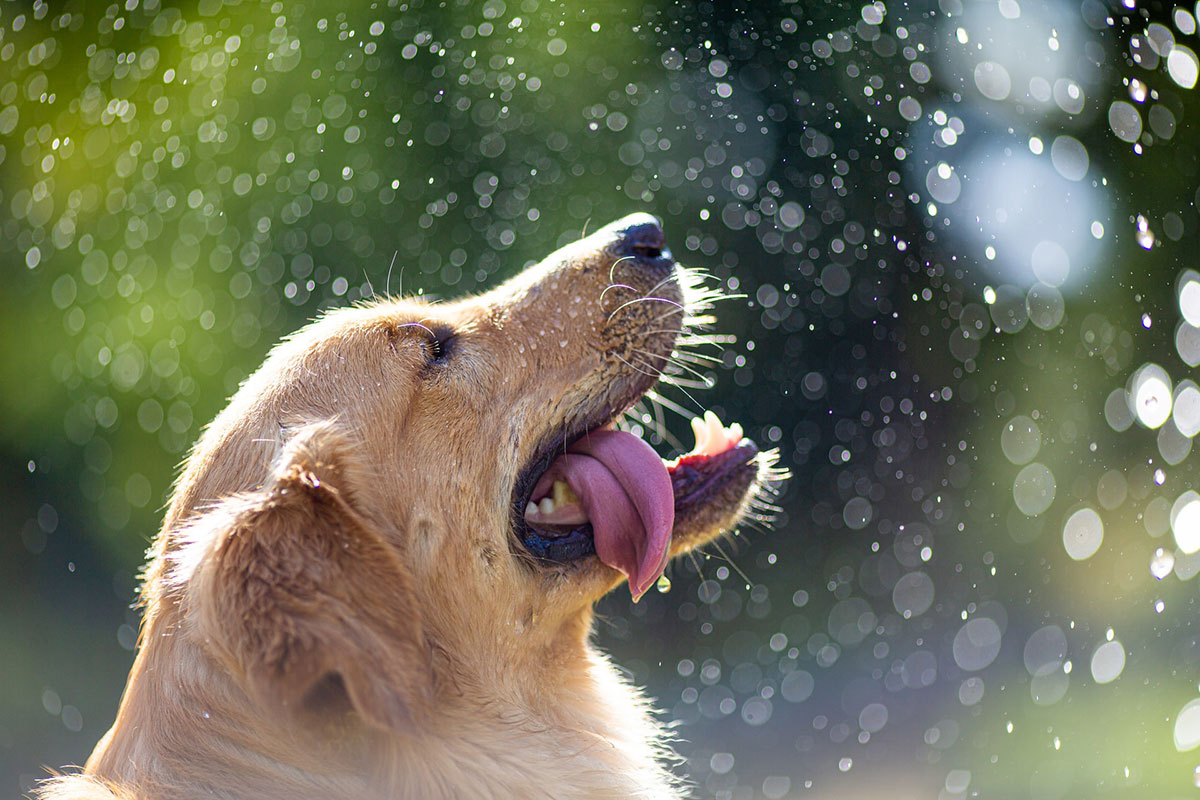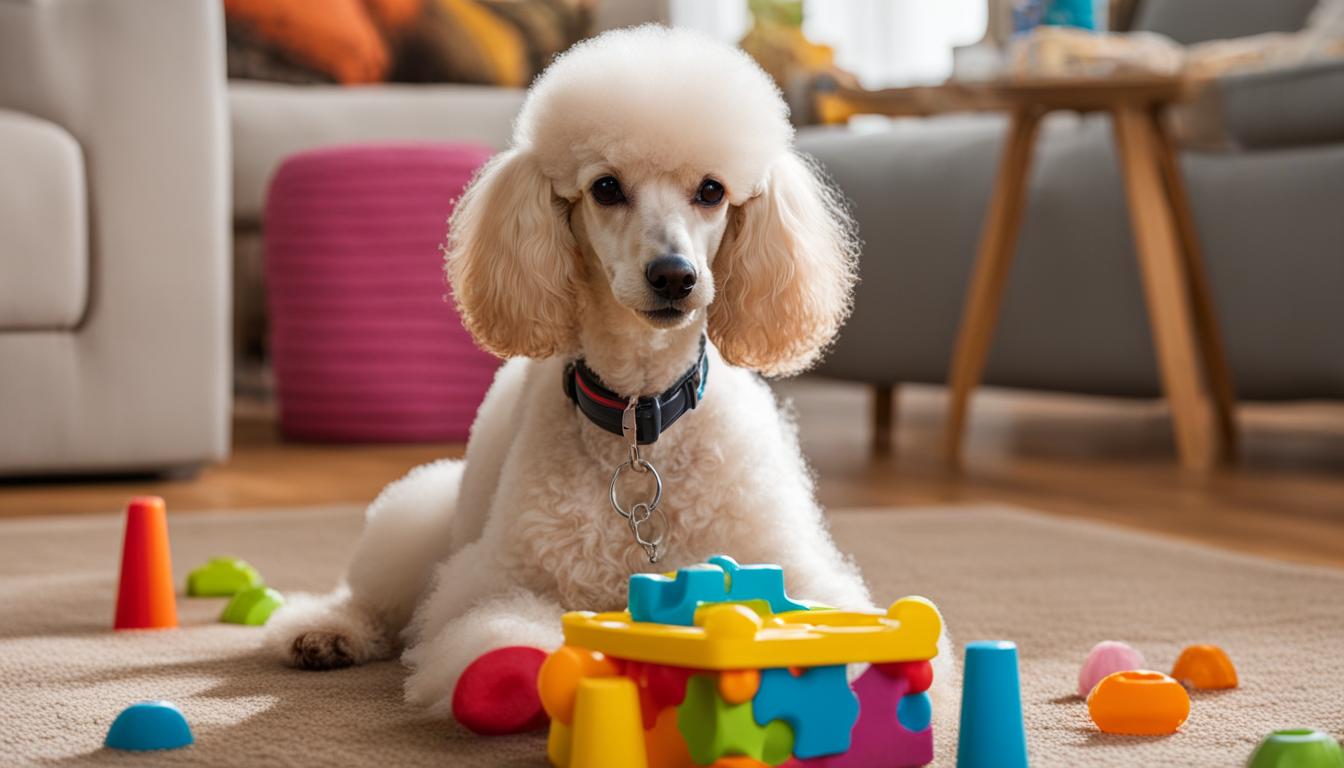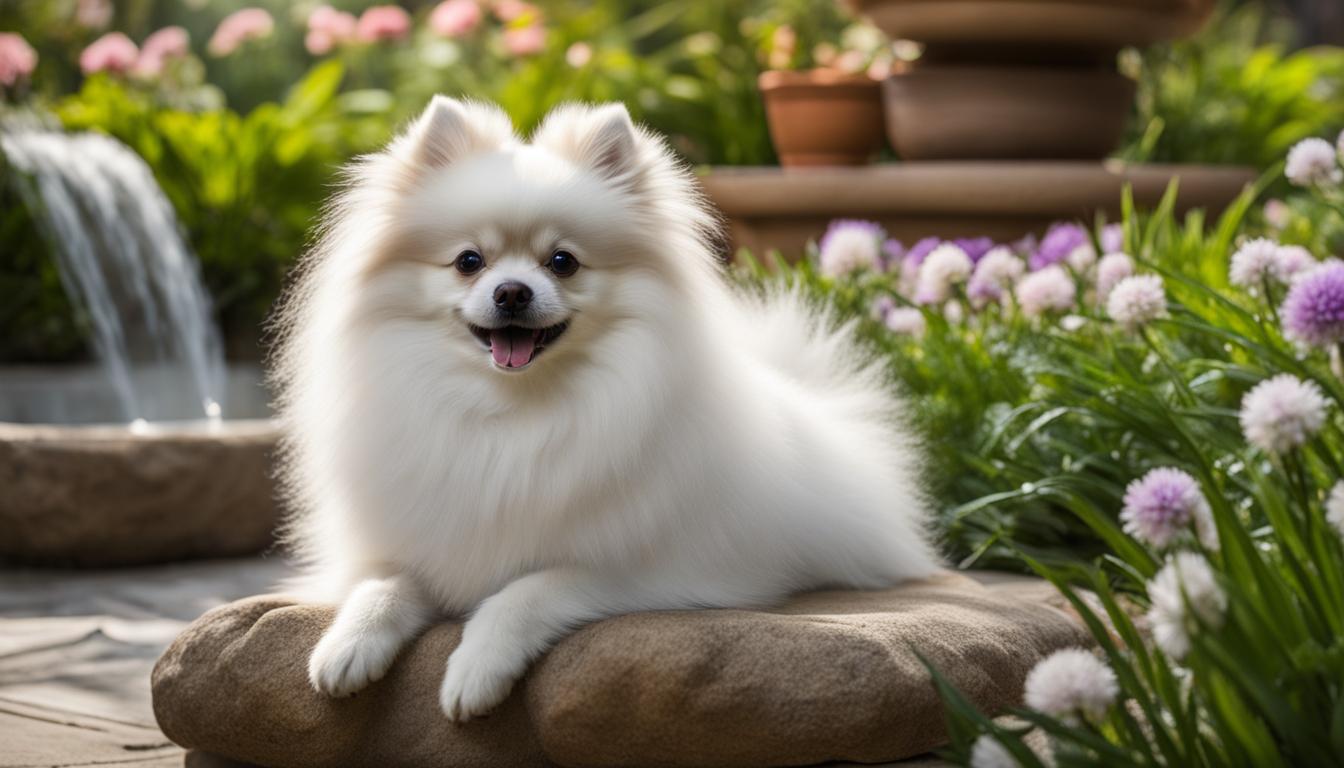I have written multiple posts about this approach in the past, but nothing separately, its an important technique and felt it was worthy of its own article. Dogs react differently when you leave, and today I will share a few ideas one of my favourite techniques “How to calm dog before leaving home for the day”.
Moving into the apartment
It all started when we down sized and move into an apartment, we went from a big house with a yard, to small matchbox type apartment with no room for the dogs to get out. It was a big change for everyone, especially our 15 year old dogs.
The didn’t adapt as we had hoped and within the first week we had our first complaint to the land lord. We had to come up with an approach to stop the dogs and fast. Finding a place to rent was near impossible and the last thing we wanted for the family was to be kicked out.
Using Multiple Techniques
Over the period, I came up with many methods to stop the dogs barking, using them all together in a refined plan that has proven to provide consistent and reliable results.
But one key component to the plan is managing the departure routine. What I found is, if you just walk out the door the dogs often follow you and become upset and anxious and then commence their nuisance behaviour.
I setup cameras to monitor the dogs, I was able to see the behaviour when I left, I noticed them sitting at the door, they would stay there for hours.
Calm dog before leaving the house

Leaving your house or apartment is a big moment for your dog. He or she will be keeping a close eye on your and the tension will begin to build. Its like when you go on a holiday and your dog gets upset when he sees the suitcase. Its similar when your dog sees you get ready for work or to leave.
They begin to get uptight and anxiety increases. This is a key moment to set the mood and ensure your dog is going to remain calm during the time you are away. Its often something that is overlooked and dogs might be ready for a sleep and to rest during the day, but the tension at this point is not managed and the dogs then enter into a nuisance state which can last for a very long time.
What you need to do is, be very precise with how you leave, this can vary between dogs, so there is no hard set rule.
Some dogs react better if you put them in their bed, give them a few pats and leave, while other dogs might feel more calm if you slowly disappear out a side door to the back area where they think you are still home.
Adjust your signal to your dog.
Changing your “about to leave” signal is an important part of addressing separation anxiety in our canine companions. To do so, try switching up your leave routine. For example, using a different door when you go can help to break the association between leaving and anxiousness.
Additionally, putting on your coat but not actually leaving the house immediately can send a confusing signal to your pet. Placing items they would normally associate with you that are going away—such as keys or show—in a different spot than usual will help further break the habit of them getting worked up when they see these things.
Providing calming treats to dogs when departing can also be beneficial; it teaches them that being alone isn’t something they should be alarmed about and creates positive associations with being apart from their owners.
Toys can additionally provide distraction while you’re gone and shouldn’t be given out immediately prior to departure as this may just prompt them realize how close you are to leaving; instead give it to them once you’re out the door or even several minutes before leaving so they are less likely to anticipate your absence.
Top Tips on how to leave your home
- Spend time with your dog on its bed, let it go to sleep then leave
- Leave out a different door, where your dog thinks you are still home
- Don’t let your dog stay at the front door while you leave, ensure its in a different area.
- Sit quietly with your dog for 5 minutes before you leave.
- Give your dog some treats on the ground before you leave to keep it distracted
- Take car out of garage before you leave and put bags and other items so it does not get uptight
- Provide your dog with a toy or your clothing, this will have your scent and help calm it.
Summary
I have seen the first hand results of using this method to calm your dog, and continue to use it to day each time I leave. If for some reason I have to run out the door, the results are often the same, dog sits at window or front door and will bark and get up tight until I come back and help get her into a calm state.

